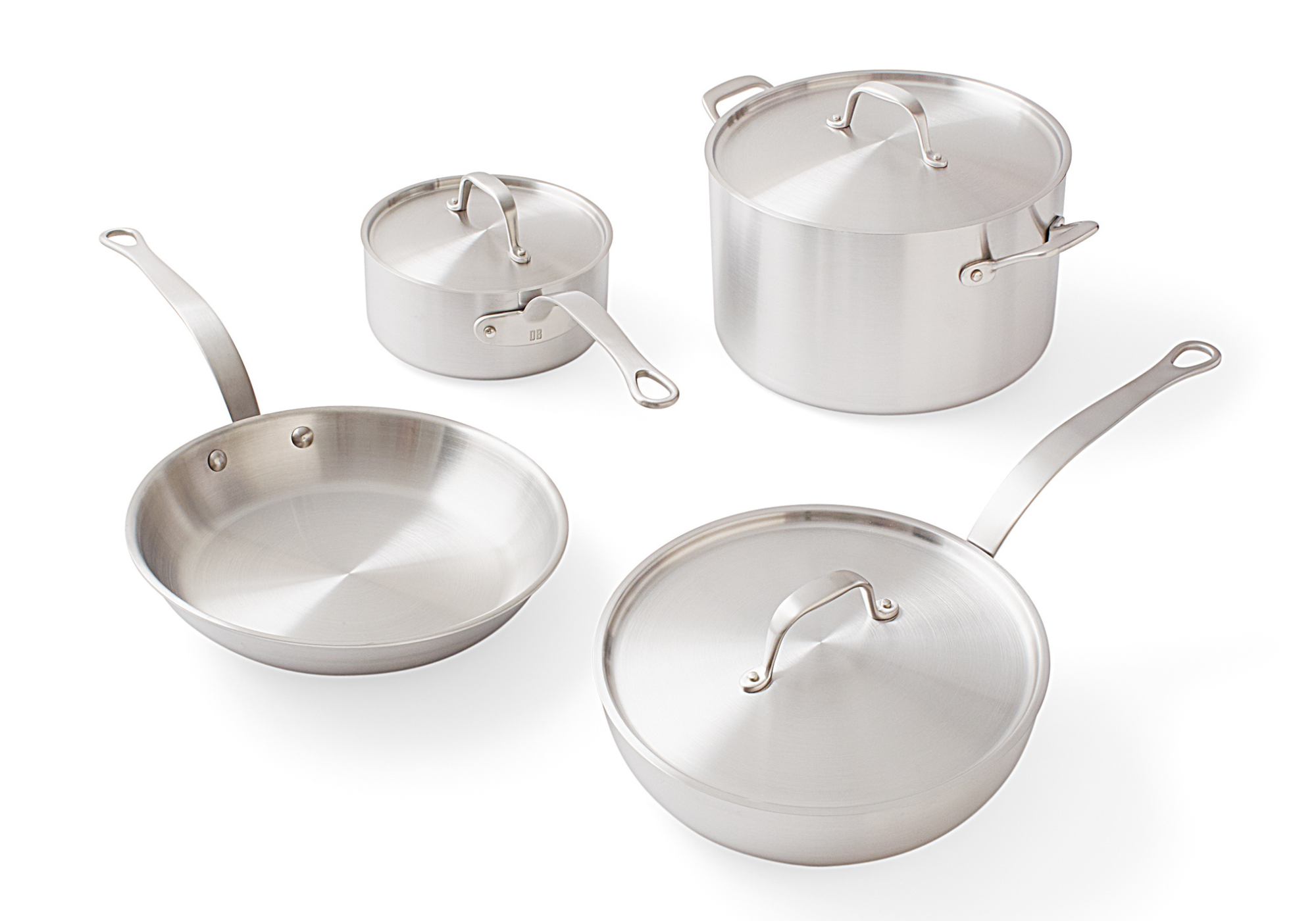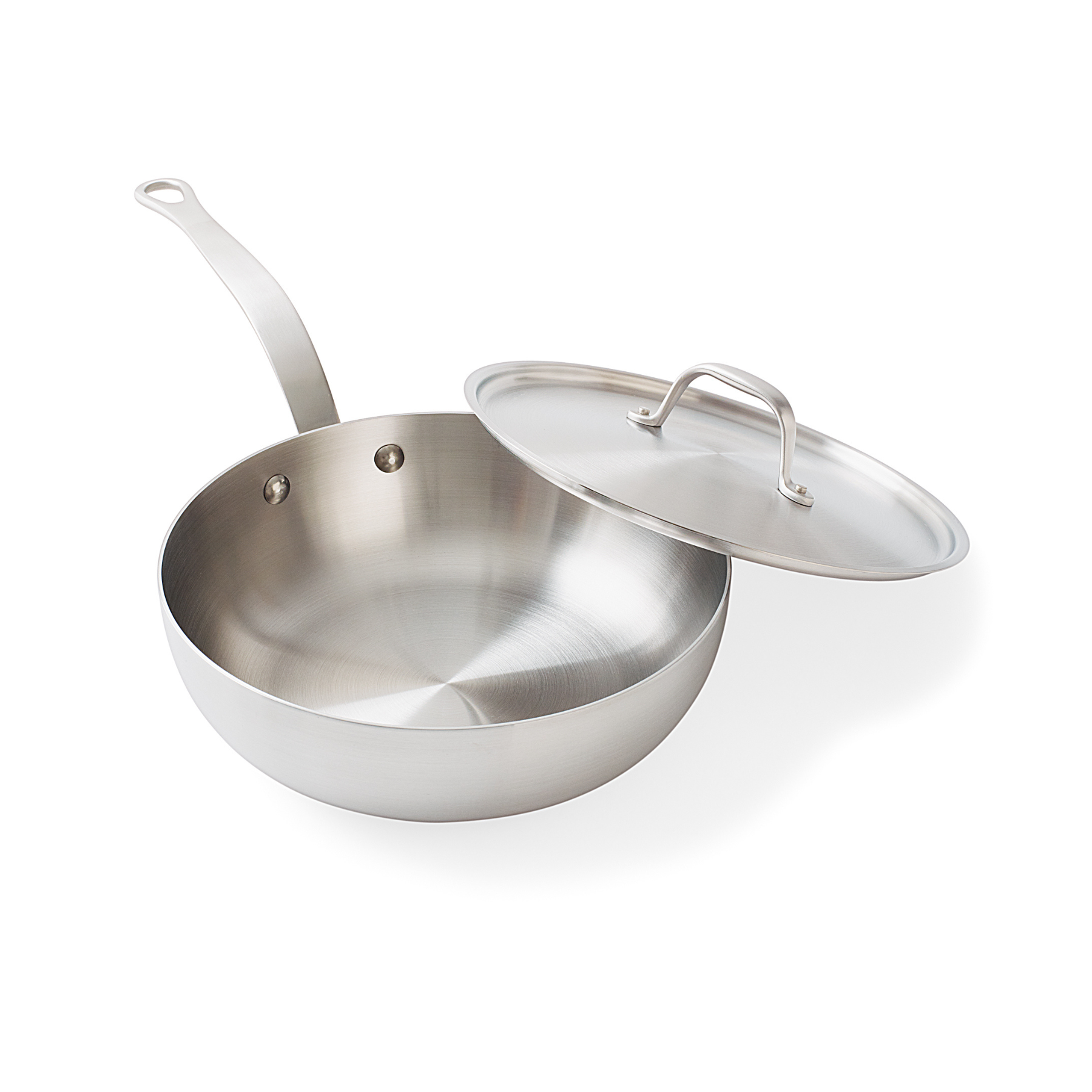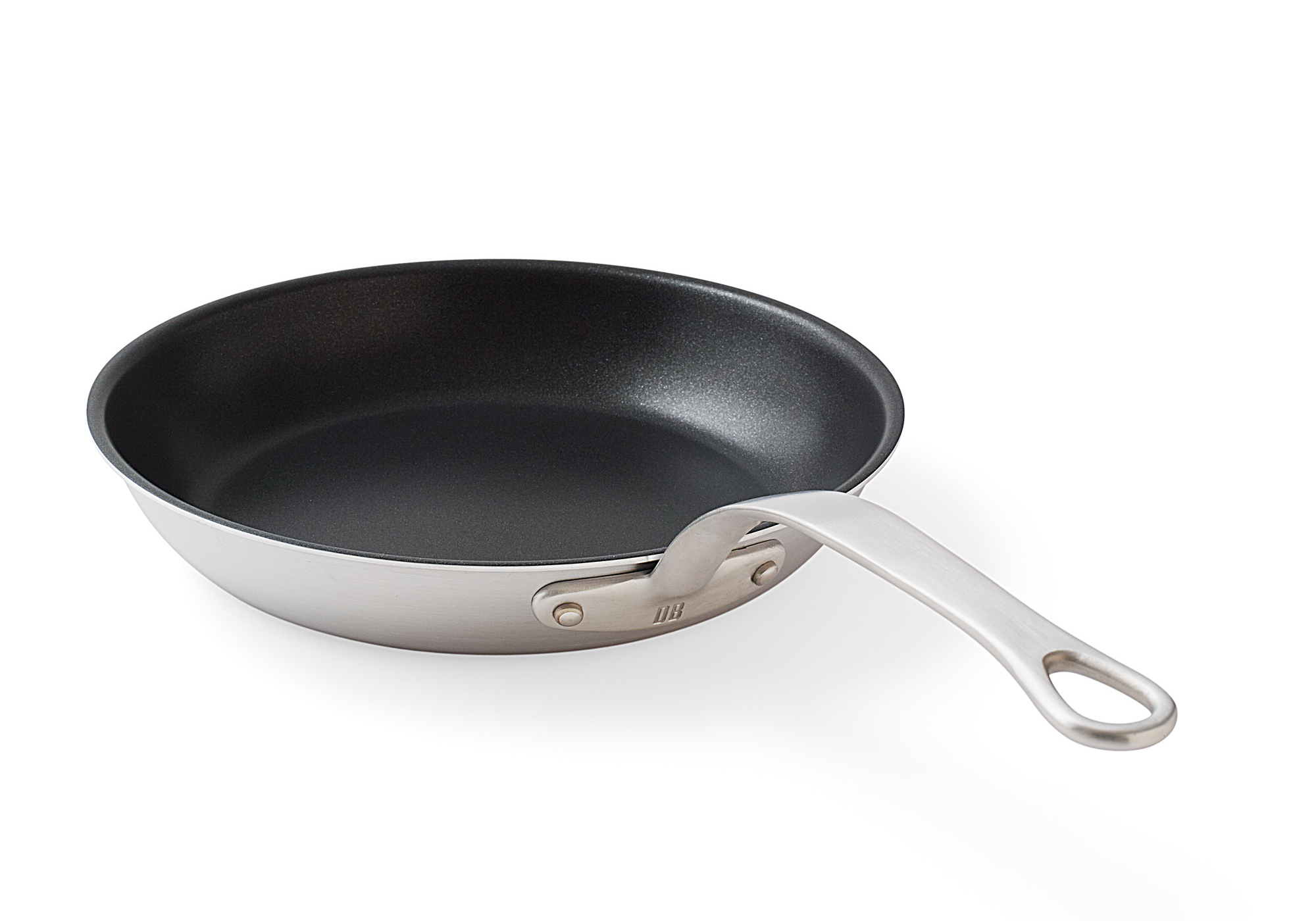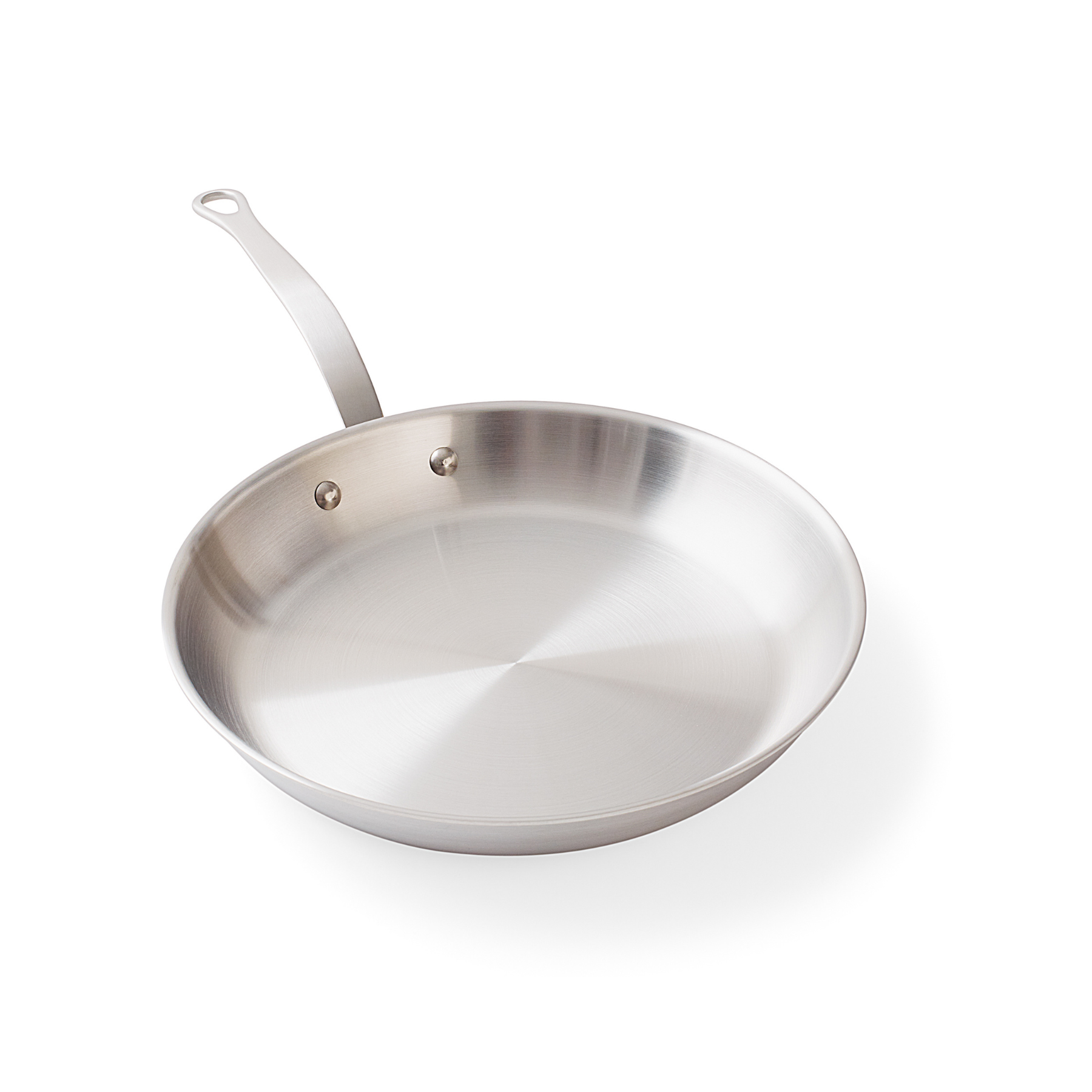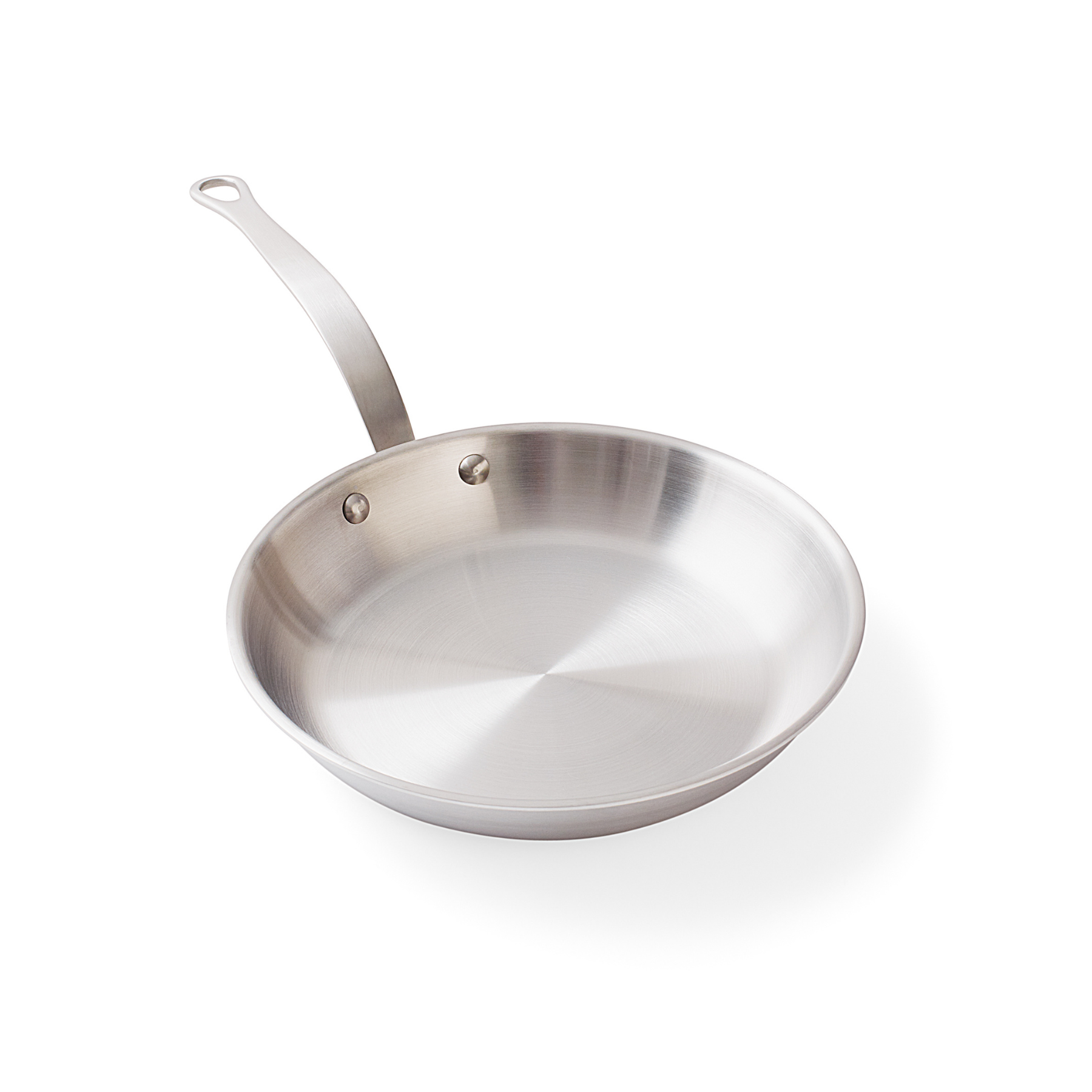Filters
Daniel Boulud x Sardel 10-Piece Stainless Clad Set
Sale price$849.00
Regular price$1,503.00
Daniel Boulud x Sardel 7-Piece Stainless Clad Set
Sale price$649.00
Regular price$1,046.00
Daniel Boulud x Sardel 3QT Essential Pan
Sale price$289.00
Daniel Boulud x Sardel 10" Non-Stick Frying Pan
Sale price$169.00
2QT Saucepan
Sale price$145.00
8QT Stock Pot
Sale price$115.00
Regular price$195.00
10" Skillet Lid
Sale price$15.00
Regular price$35.00
12" Skillet Lid
Sale price$15.00
Regular price$35.00
4QT Sauté Pan Lid
Sale price$15.00
Regular price$35.00
Daniel Boulud x Sardel 12" Stainless Frying Pan
Sale price$239.00
Daniel Boulud x Sardel 10" Stainless Frying Pan
Sale price$159.00




